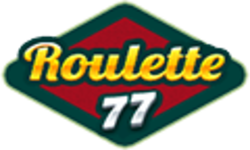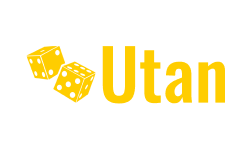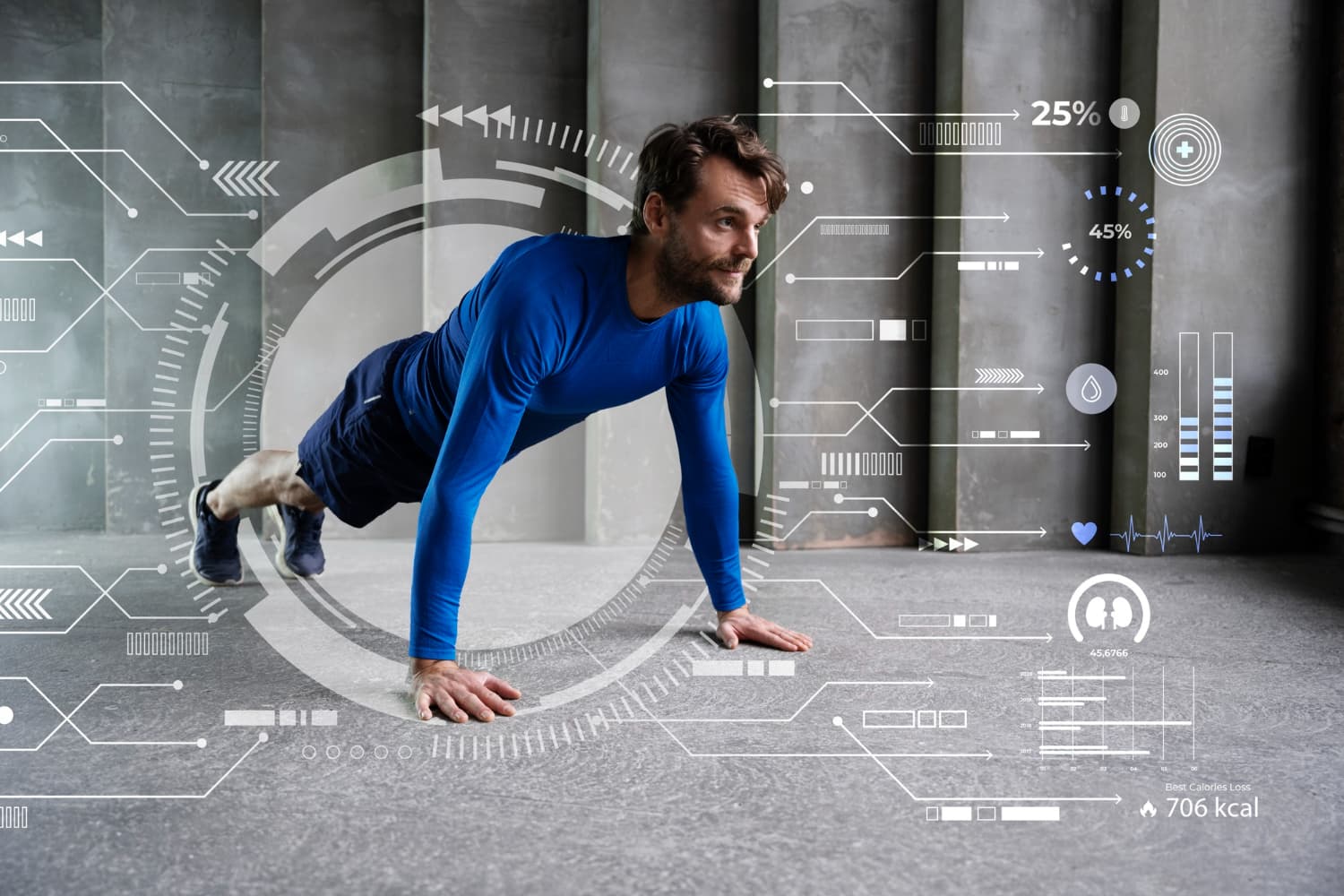In the digital era, where smartphones and tablets have become ubiquitous, the demand for websites that provide an optimal viewing experience across diverse devices is...
Code and creativity: The vital skills every web designer should possess
In the dynamic world of web design, the fusion of code and creativity forms the backbone of a successful designer's skill set. It's not just...
User-friendly wins: The significance of intuitive web design in betting
Have you ever felt lost on a bookmaker's website? It is so frustrating, isn't it? We've all been there. Is there one solution, a kind...
Web Graphics in the Age of AI: A Glimpse into the Future
The digital landscape is continually evolving, and nowhere is this more evident than in the realm of web graphics. In this era of rapid technological...
Innovative Web Graphics Transforming the Sports Industry in 2023
The world of sports is undergoing a revolutionary transformation in 2023, thanks to innovative web graphics. In an era where visual content reigns supreme, the...
Trends in Web Graphics: The Future is Now!
Ahoy, web surfers and design enthusiasts! Fasten your seat belts because we're taking a wild ride through the galaxy of web graphics trends. Ever wondered...























